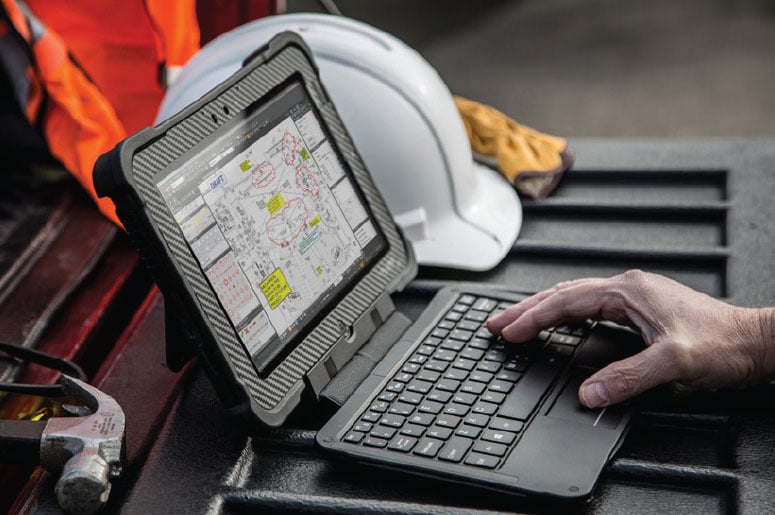
May 4, 2019
Tech Convergence: Enable, Don’t Overwhelm Field Service

Dennis Kurlandski
Managing Director, Finance & Asset Performance Management
This article was originally published online on the Utilities Tech Outlook site.
Utilities perform a variety of field work, including construction, repair, maintenance and customer service. In this article, we will focus on customer service, but it is worth noting that utilities have been breaking down the barriers between departments and many field service technicians perform multiple types of work.
Although most utilities have all but turned the corner on the aging workforce issue of the past, attracting and retaining the next generation of field worker is the latest challenge. This next generation comes with certain technology expectations that utilities are striving to live up to in a complex heterogeneous technology environment. As much as we as consumers perceive that apps are the answer to many technology needs, the utility technology environment and business processes just don’t lend themselves to an app solving the entire problem.
Let’s take a look at one relatively simple scenario to illustrate the challenge: replacement of a residential gas meter. In this scenario, one or more customer communications via one or more channels is generally made to inform the customer of the pending meter change. This may include Customer Relationship Management (CRM) and the Customer Information System (CIS). The channels could include outbound voice call via IVR, customer self-service portal and/or information provided on an electronic or printed bill. All of these technologies are required before we even roll a truck to perform the service! And, information from many of them will be required in the field at the time of service.
In order to plan to perform the service we will need a service management solution to create the service order, a scheduling tool to target the date and time and, possibly, allow for the customer to schedule the service, a dispatch system to route the order to the field technician and a mobile solution for the field technician to record the time and capture information in the field.
The mobile solution will need information about the customer and meter location from the CRM and/or CIS, location information from GIS, meter information from the meter management system, new meter information from the inventory management system, and work instructions from the service management solution. The technician may need navigation capabilities to route them to the customer location, a barcode reader to identify the specific materials used on the job, and GPS to verify the install location of the new meter. Additionally, if the customer’s gas had to be shutoff, then they will have additional procedures and forms to complete when performing the inspection, relight and service restoration. That’s about a dozen systems involved in a single service call.
The optimal solution is generally not an extension of any one system or technology, but a separate solution that talks with all of the systems. The data and capabilities must be presented to the field service technician in an efficient, integrated, and usable fashion. The mobile solution should be intuitive and process-centric. The focus of the mobile solution should be what needs to be done, where, when, for whom and what data needs to be captured when performing the service. It needs to be able to run online and offline transparently.
Once the field work is complete, the data collected in the mobile system needs to be integrated to the appropriate backend systems. The CIS will need the read from the old meter, new meter information and set read from the new meter. GIS and/or the service management system will want install location information. The service management system will want the order completion information. The data and activity may be used to populate a timesheet system.
Current trends impacting mobile solutions for utilities are data privacy and cyber security. Utilities must continually ask themselves what data is required to perform this specific function in the field. Be it facility information subject to NERC CIP (North American Electric Reliability Corporation critical infrastructure protection) or customer information. Utilities have more reasons than ever to be concerned about cyber security. More potential entry points in the field mean more potential cyber risks. A sound mobile strategy for the field technician should limit field applications through a convergence of the systems and technology into a limited number of mobile applications.
The fact that these requirements, needing data from multiple systems, stored in multiple databases, has been a major factor in preventing the one killer app—similar to the dozens on any smart phone—from being developed. Thus, for the foreseeable future the best mobile solution will need to allow the seamless transition from one data source to another in a way that insulates the user from the data complexity which lies underneath.
Undoubtedly, aligning the technologies and business processes to provide a seamless user experience for field technicians can be a challenge. An app is not likely the answer. A comprehensive configurable mobile platform should be selected to address today’s needs and future proof against tomorrow’s.